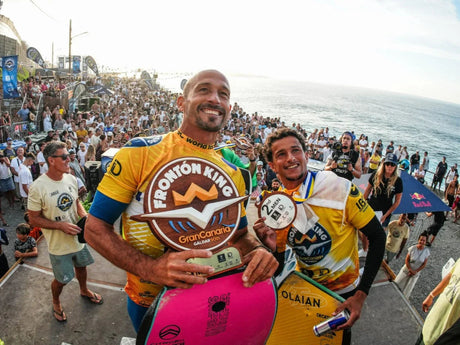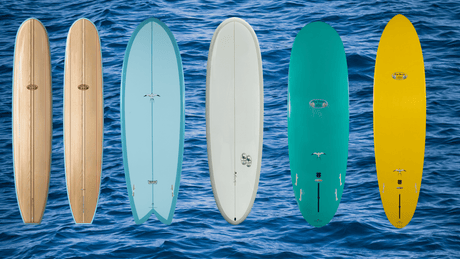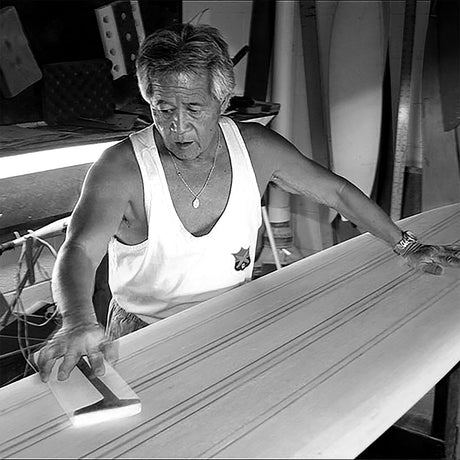The roller is a leisure activity and sport that attracts more and more enthusiasts each year. However, many people are unaware that this activity comes in multiple disciplines, all equally exciting. In this article, we invite you to discover the different aspects of roller and perhaps find the one that suits you best.
Roller derby: team spirit and contact
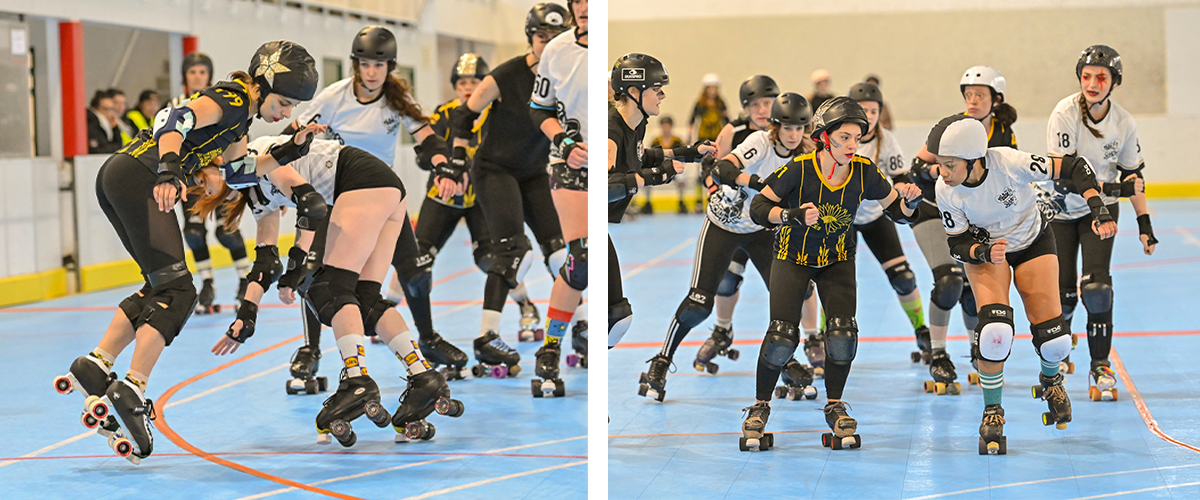 Roller derby is a contact sport reserved for women, very popular in France thanks to teams such as the Red Valentine Revenge. The principle of this sport involves two teams of five players each competing on an oval track. A jammer (the attacker) must pass the opposing blockers to score points. Contact is allowed, but there are strict rules to regulate these interactions. Hits above the shoulders, from behind, or with elbows are generally prohibited. It's a strategic sport, where teams develop tactics to block opponents, create opportunities for their jammer, and score points.
Roller derby is a contact sport reserved for women, very popular in France thanks to teams such as the Red Valentine Revenge. The principle of this sport involves two teams of five players each competing on an oval track. A jammer (the attacker) must pass the opposing blockers to score points. Contact is allowed, but there are strict rules to regulate these interactions. Hits above the shoulders, from behind, or with elbows are generally prohibited. It's a strategic sport, where teams develop tactics to block opponents, create opportunities for their jammer, and score points.
Player Roles:
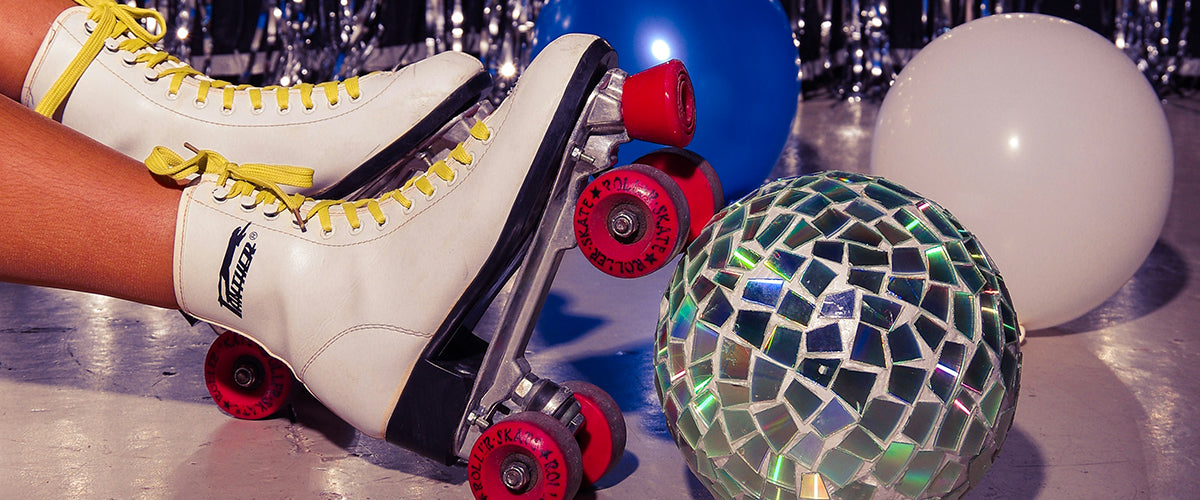 For those who love to dance and skate, Disco Roller is the perfect discipline. Many associations organize events where participants can come together to enjoy the music and sway to wild rhythms while skating. This form of entertainment gained increasing popularity in the 1970s and 1980s, a period when disco music was at the height of its glory.
For those who love to dance and skate, Disco Roller is the perfect discipline. Many associations organize events where participants can come together to enjoy the music and sway to wild rhythms while skating. This form of entertainment gained increasing popularity in the 1970s and 1980s, a period when disco music was at the height of its glory.
Disco Roller sessions often take place in specially arranged skating rinks. These venues are equipped with colored lighting, stroboscopic light shows, and sometimes disco balls to recreate the joyful and lively atmosphere of a nightclub.
The musical element is an essential aspect of Disco Roller, with roller disco tracks usually playing popular disco songs. Participants are often encouraged to adopt a retro or disco-inspired style, with sequins, bright colors, flared pants, and funky accessories.
The sessions include moments of roller skating dance, allowing participants to showcase their dance talents while gliding on the rink. Synchronized choreographies and movements inspired by classic disco dances are an integral part of this experience.
Evenings can be organized during special events, birthday parties, or regular sessions at dedicated skating rinks. Some places even offer themed nights with costume contests and skating dance competitions. Disco Roller aims to create a fun and inclusive atmosphere, welcoming skaters of all levels. Although it peaked in the 70s and 80s, Disco Roller is experiencing a contemporary revival, attracting a wide audience of all ages to rediscover the joy of roller disco.
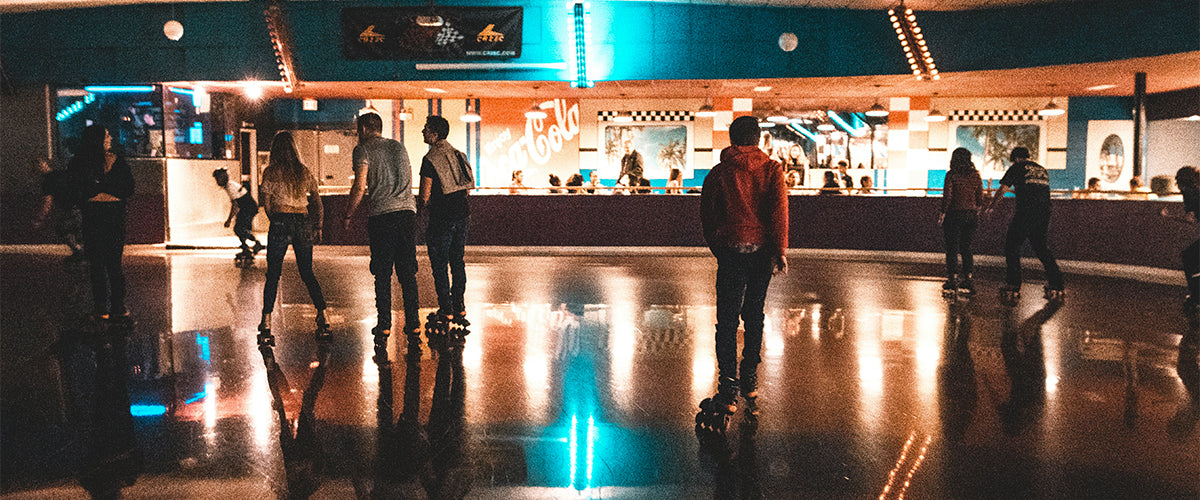
Roller slalom, street and cross: agility and speed
Rollerblading also offers many possibilities for enthusiasts of more technical sports. Slalom involves performing maneuvers by passing between aligned cones, requiring great control of balance and speed. As for street and cross rollerblading, they allow one to enjoy the pleasures of freestyle by performing jumps, grinds, and other impressive tricks.
Roller Slalom: Consists of performing tricks by passing between cones or obstacles placed closely on a flat surface. Skaters execute complex foot movements, tight turns, and spins while slaloming between the obstacles. This discipline requires agility, balance, and technical mastery. Roller slalom competitions can be organized, highlighting the creativity and precision of the skaters.
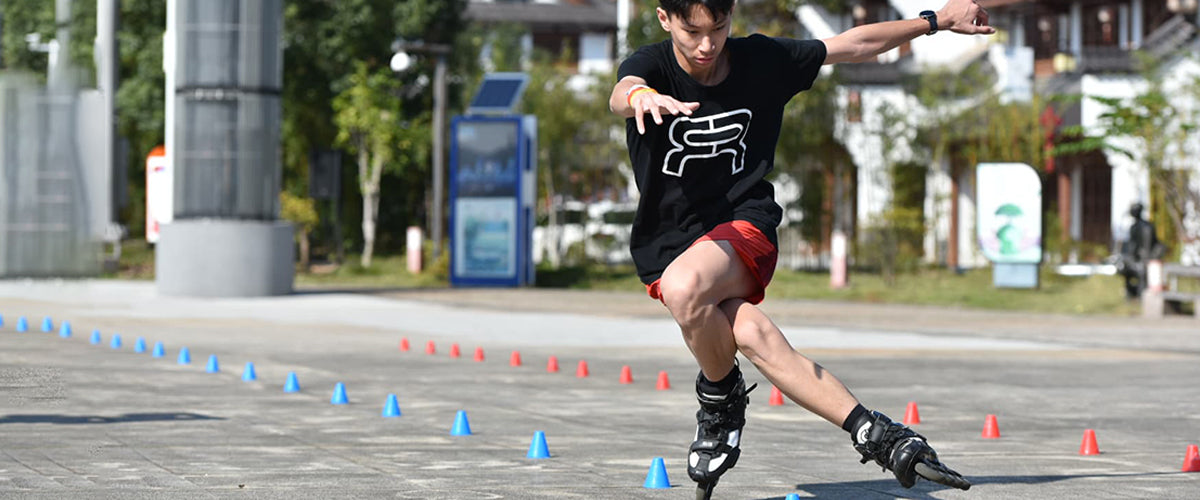 Street Roller : A roller discipline inspired by skateboarding and BMX street. Skaters perform in urban environments, using landscape elements such as ramps, stairs, grind bars, and other structures to perform acrobatic tricks. Street roller tricks include jumps, slides, grinds, and various tricks. Street roller skaters often express their creativity by combining movements to create unique sequences.
Street Roller : A roller discipline inspired by skateboarding and BMX street. Skaters perform in urban environments, using landscape elements such as ramps, stairs, grind bars, and other structures to perform acrobatic tricks. Street roller tricks include jumps, slides, grinds, and various tricks. Street roller skaters often express their creativity by combining movements to create unique sequences.
 Roller Cross : Roller cross, also called inline track roller derby, is a discipline that combines the speed of roller skating with elements of racing and physical contact. Skaters travel along a track, jump over obstacles, and take sharp turns. Roller cross competitions usually involve several skaters competing to cross the finish line first. This discipline requires fast skating skills, agility, and the ability to negotiate various obstacles.
Roller Cross : Roller cross, also called inline track roller derby, is a discipline that combines the speed of roller skating with elements of racing and physical contact. Skaters travel along a track, jump over obstacles, and take sharp turns. Roller cross competitions usually involve several skaters competing to cross the finish line first. This discipline requires fast skating skills, agility, and the ability to negotiate various obstacles.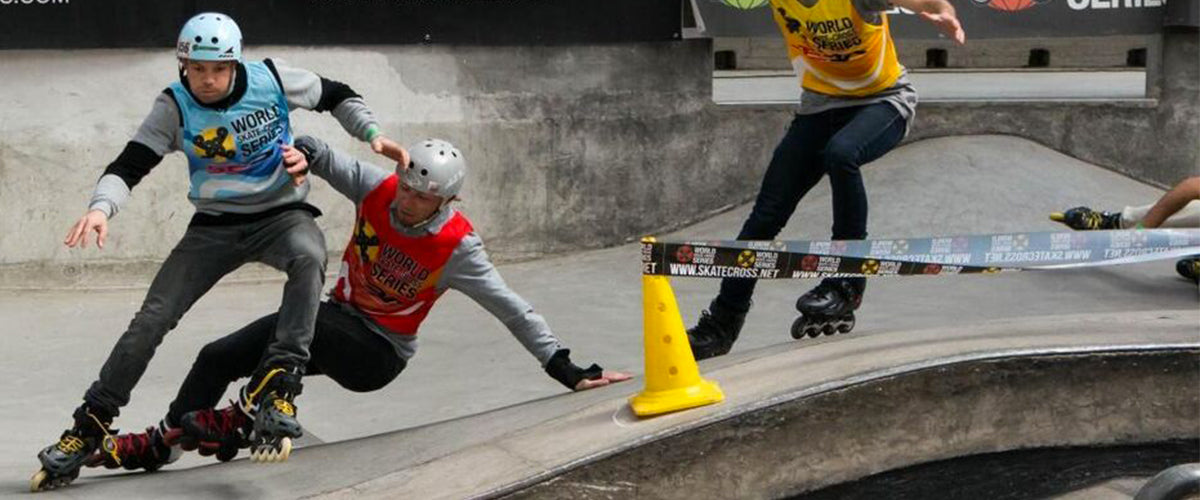 Each of these disciplines offers a unique approach to roller skating, allowing skaters to choose the one that best suits their preferences and skills. Whether it's the grace of slalom, the boldness of street, or the competition of roller cross, each discipline contributes to the richness and diversity of the roller skating community.
Each of these disciplines offers a unique approach to roller skating, allowing skaters to choose the one that best suits their preferences and skills. Whether it's the grace of slalom, the boldness of street, or the competition of roller cross, each discipline contributes to the richness and diversity of the roller skating community.
Roller hockey and dance: precision and style
For those looking for a mix between team sports and art, roller hockey and dance are two ideal disciplines. Roller hockey is similar to ice hockey, but is played with roller skates. It requires excellent physical condition and a developed sense of strategy. Dance, for its part, combines grace and technique to delight both the eyes and the feet of the dancers.
Roller Hockey: Players use sticks to maneuver a puck and score goals on a roller hockey rink. This discipline can be practiced indoors or outdoors, with teams composed of several players. Roller hockey requires a combination of skating skills, stick handling, and team strategy. Roller hockey leagues exist at various levels, from recreational to high-level competition, offering hockey enthusiasts an exciting alternative to ice.
Roller Dance: Roller dance is an artistic discipline that combines the grace of dance with the fluidity of roller skating. Roller dancers create expressive choreographies using skating movements synchronized with music. This form of artistic expression can include elements of ballet, contemporary dance, freestyle dance, and even street dance. Roller skaters can also participate in roller dance competitions, where creativity, technique, and musicality are evaluated. Roller dance offers a unique space for self-expression and the artistic fusion of skating and dance, attracting enthusiasts of all levels and styles.
 These two disciplines, roller hockey and roller dance, illustrate the versatility of roller skating as a sports and artistic platform. Whether in the intensity of hockey competition or in the creative expression of dance, roller skating offers a variety of stimulating experiences for skating enthusiasts.
These two disciplines, roller hockey and roller dance, illustrate the versatility of roller skating as a sports and artistic platform. Whether in the intensity of hockey competition or in the creative expression of dance, roller skating offers a variety of stimulating experiences for skating enthusiasts.
Clubs as places for practice and learning
The world of roller skating is attracting more and more enthusiasts, whether for the pleasure of skating, competition, or the pursuit of an enjoyable physical activity. At the heart of this thriving community, roller clubs play an essential role as places for practice and learning, offering skaters of all levels a dynamic and inclusive environment.


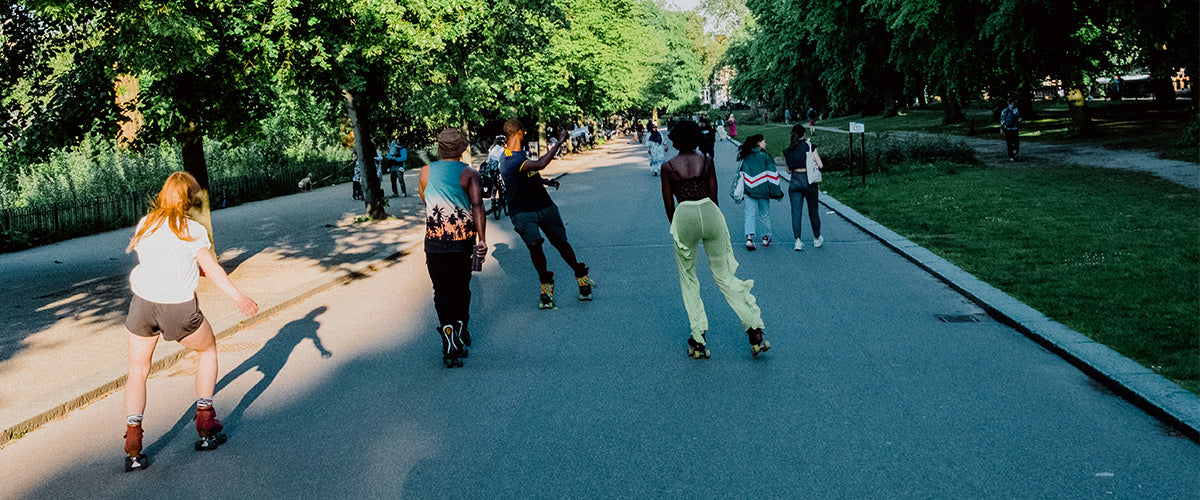 Rollerblading: a sport with many faces
Rollerblading: a sport with many faces
